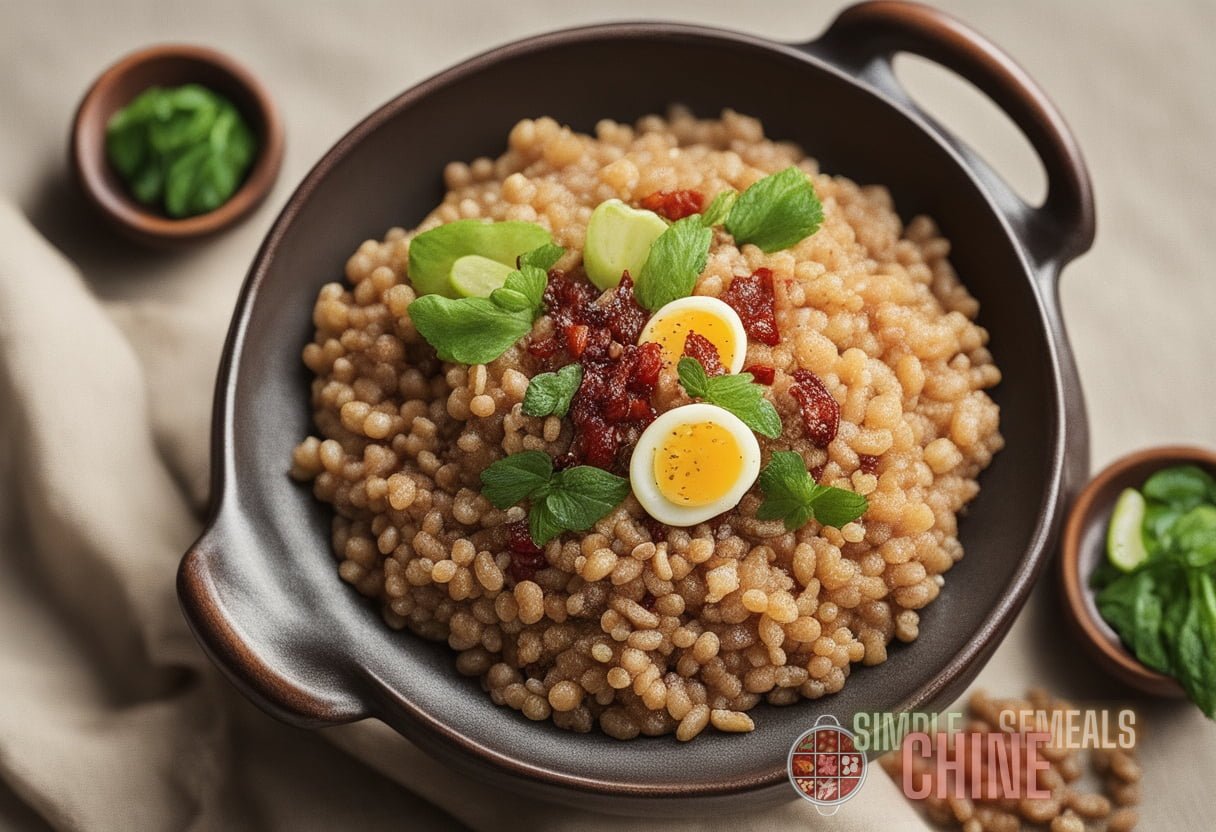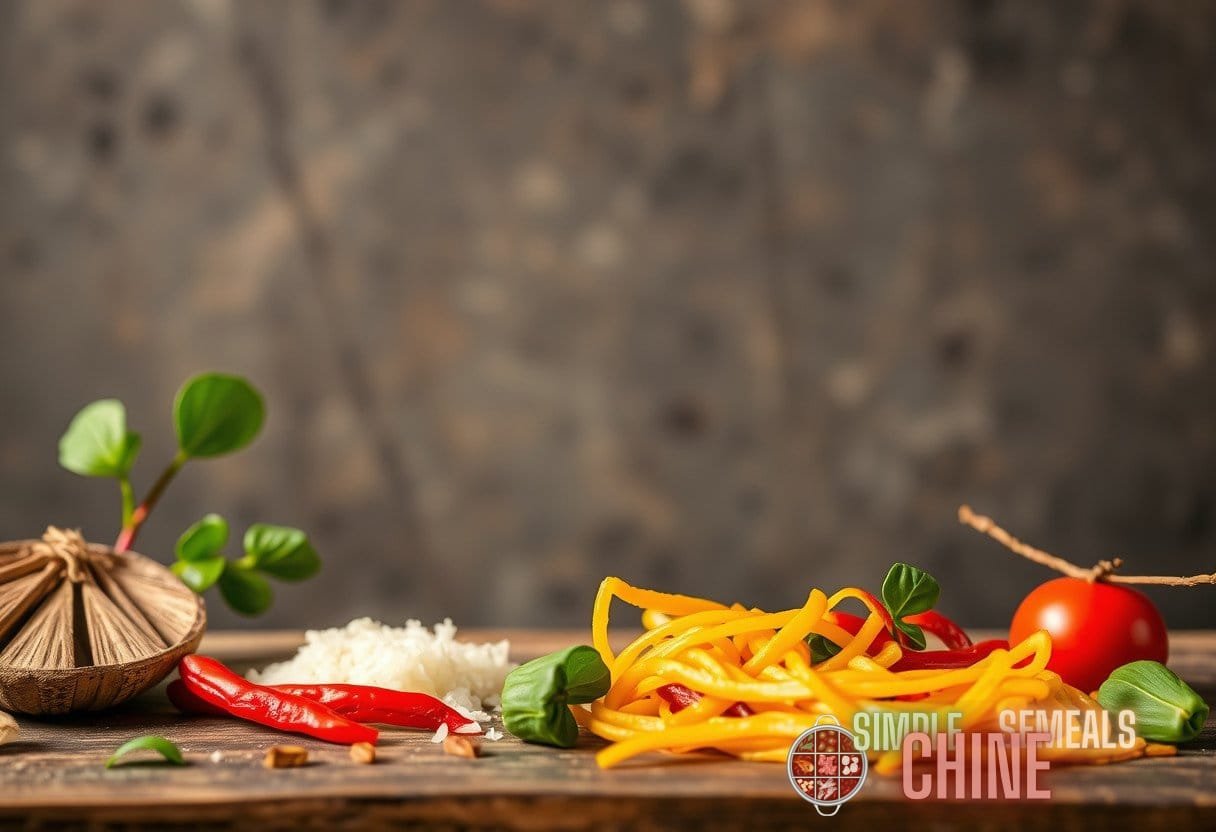Ancient Grains, Modern Palates: The Nutritional Evolution of Chinese Cuisine
Chinese cuisine, with its rich history spanning thousands of years, has always been deeply rooted in the use of ancient grains. These grains not only contributed to the development of Chinese food culture but also offered a plethora of nutritional benefits that are highly valued in modern diets. In this article, we will explore the journey of these grains from their origins to their role in contemporary Chinese dishes.
The Significance of Ancient Grains in Traditional Chinese Cuisine
Origins and Historical Context
Ancient grains have been a fundamental part of Chinese dining tables since the dawn of agriculture. The first few crops cultivated in ancient China were primarily rice, millet, barley, and wheat. Each of these grains played a crucial role in shaping the dietary patterns and culinary techniques in different regions of China.
Rice: The Staple Grain
Rice, particularly in southern China, has been a staple for millennia. It was not only a source of sustenance but also held cultural significance. Archaeological evidence suggests that rice cultivation began around 10,000 years ago in the Yangtze River region.
- Health Benefits: Rich in carbohydrates, rice provides the necessary energy for daily activities. It is also a good source of vitamins and minerals, such as B vitamins and magnesium.
- Varietal Diversity: Known for its versatility, rice comes in many forms, including white, brown, and red varieties, each offering unique nutritional profiles.
Millet: The Ancient Powerhouse
In northern China, millet was one of the earliest domesticated crops. Renowned for its hardiness and nutritional density, millet has been an essential grain in the history of Chinese cuisine.
- Nutritional Profile: Millet is gluten-free and packed with fiber, protein, and essential minerals such as phosphorus and magnesium.
- Usage: Historically, millet has been used in a variety of dishes including porridges and fermented beverages.
Transition to Modern Palates: Embracing Nutritional Evolution
Modern-Day Relevance
In recent years, there has been a resurgence of interest in ancient grains, not only for their historical and cultural value but also for their superior nutritional benefits. This has led to a fascinating intersection of traditional practices and modern culinary innovation.
Integration with Contemporary Dishes
Today’s chefs are creatively incorporating these ancient grains into modern recipes. This not only preserves their cultural heritage but also makes them accessible to a global audience. Some popular contemporary applications include:
- Rice Bowls: Combining rice with various proteins and vegetables for a balanced meal.
- Millet Salads: Mixing millet with fresh greens and seeds to create nutrient-dense salads.
- Fusion Cuisine: Integrating traditional grains into everyday dishes, such as using barley in soups or wheat in handmade noodles.
Health Benefits of Ancient Grains
Nutritional Advantages
The health benefits of ancient grains like rice and millet are profound. They are rich in essential nutrients such as:

- Fiber: Aids in digestion and promotes gut health.
- Protein: Vital for muscle repair and growth.
- Vitamins and Minerals: Supports overall well-being, including heart health and immune function.
Scientific Studies and Data
Recent studies have demonstrated the health-promoting properties of these grains. For example, a comprehensive review published in the Journal of Nutritional Science highlighted the benefits of whole grains in reducing the risk of chronic diseases.
“Whole grains, including ancient varieties such as millet and barley, are linked to a lower risk of cardiovascular diseases, certain cancers, and type 2 diabetes.” – Journal of Nutritional Science
Incorporating such grains into one’s diet can therefore be advantageous not only for maintaining optimal health but also for preventing lifestyle-related diseases.
Culinary Techniques for Ancient Grains
Traditional Methods
One of the hallmarks of ancient Chinese cuisine is its cooking techniques. Traditional methods such as steaming, boiling, and fermenting have long been used to prepare grains.
Modern Innovations
Today, chefs are experimenting with new techniques to enhance the flavors and textures of ancient grains. Some popular modern methods include:
- Pressure Cooking: Reduces cooking time while maintaining nutritional integrity.
- Roasting: Adds a rich, nutty flavor to grains like barley and millet.
- Sprouting: Increases bioavailability of nutrients and adds a crunchy texture.
Cultural Significance and Celebrations
Festive Uses
Ancient grains hold a special place in various Chinese festivals and celebrations. For instance:
- Dragon Boat Festival: Rice dumplings known as zongzi, made with glutinous rice, are a traditional festive food.
- Lunar New Year: Dishes made with whole grains symbolize prosperity and good fortune for the coming year.
Rituals and Traditions
Grains like rice and wheat have also been integral to religious and ceremonial practices. They are often used as offerings to deities, symbolizing sustenance and abundance.
Conclusion: The Harmonious Blend of Tradition and Modernity
The evolution of Chinese cuisine from ancient grains to modern palates is a testament to the adaptability and resilience of traditional food practices. By embracing the nutritional virtues of these ancient grains and integrating them into contemporary dishes, we not only preserve a rich culinary heritage but also promote a healthy and sustainable diet for future generations.
For more insights on traditional Chinese cuisine, you can explore
By understanding and appreciating the nutritional evolution of these grains, we can make more informed choices and enjoy the rich tapestry of flavors that Chinese cuisine has to offer.


